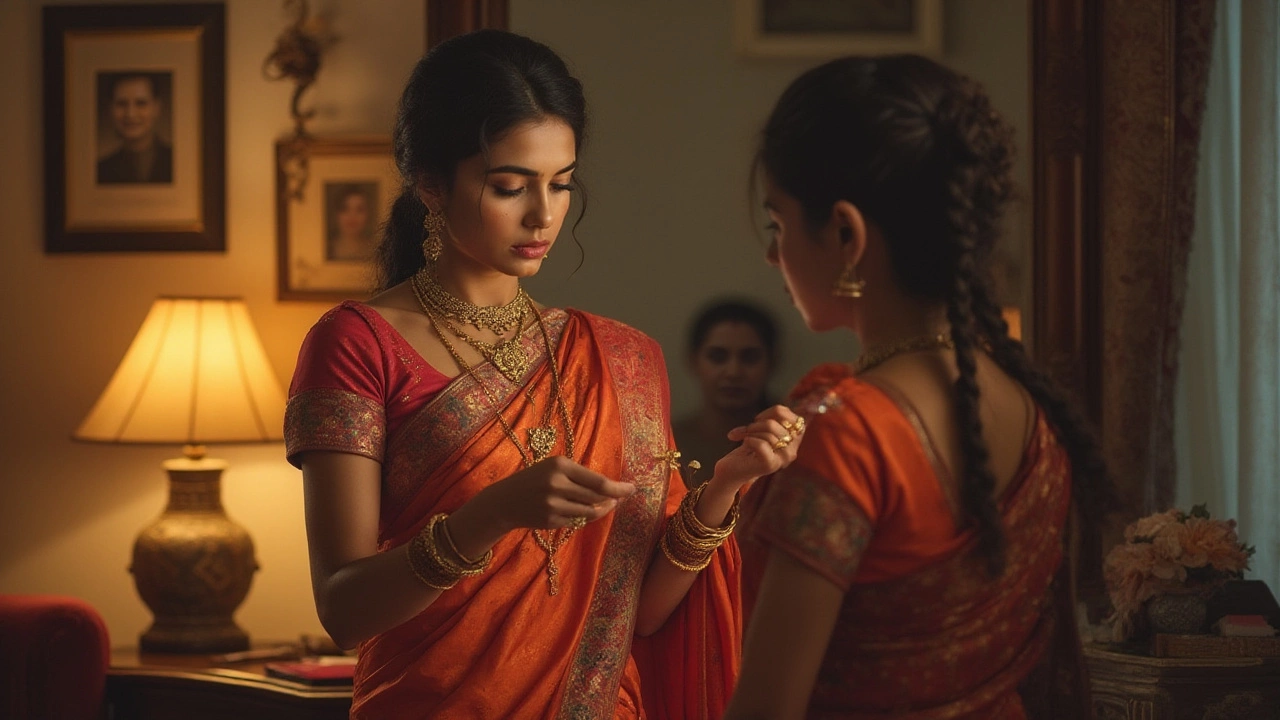
Explore if divorced women can wear mangalsutra in Indian society. Learn about traditions, modern choices, and emotional significance behind the iconic symbol.
When talking about Indian culture, a vibrant tapestry of customs, festivals, clothing, and jewelry that shapes daily life across the subcontinent. Also known as Bharatiya parampara, it blends ancient rituals with contemporary style, influencing everything from food to fashion. Indian culture isn’t just a static list; it’s a living system that evolves with each generation.
One of the most recognizable symbols is the Mangalsutra, a sacred necklace exchanged during Hindu weddings, symbolizing marital commitment and protection. The mangalsutra connects personal identity with broader cultural values, and its design varies by region, material, and modern trends. Another staple is the Nose pin, a small ornamental stud that reflects regional aesthetics, social status, and even astrological beliefs. Both pieces illustrate how jewelry serves as a bridge between personal expression and communal heritage.
Beyond adornments, Sikh Kada, a steel or iron bracelet that signifies strength, equality and the wearer’s commitment to Sikh principles, showcases the spiritual dimension of everyday accessories. Meanwhile, wedding customs like who gifts or removes the choora, or the role of the mangalsutra buyer, reveal intricate social contracts that have shifted over time. These traditions form a network where Indian culture encompasses wedding rituals, religious symbols influence fashion choices, and modern lifestyles reinterpret age‑old customs.
Understanding these elements helps you see why a simple piece of gold can carry centuries of meaning, or why a satin saree might be paired with denim for a fusion look. The articles below dive into everything from regional mangalsutra etiquette to the economics of gold versus diamonds across India and the USA. Whether you’re curious about the latest jewellery trends or the deep spiritual origins of a Sikh Kada, you’ll find practical tips, cultural backstory, and buying guides that respect both tradition and today’s style. Let’s explore the breadth of insights waiting for you.

Explore if divorced women can wear mangalsutra in Indian society. Learn about traditions, modern choices, and emotional significance behind the iconic symbol.
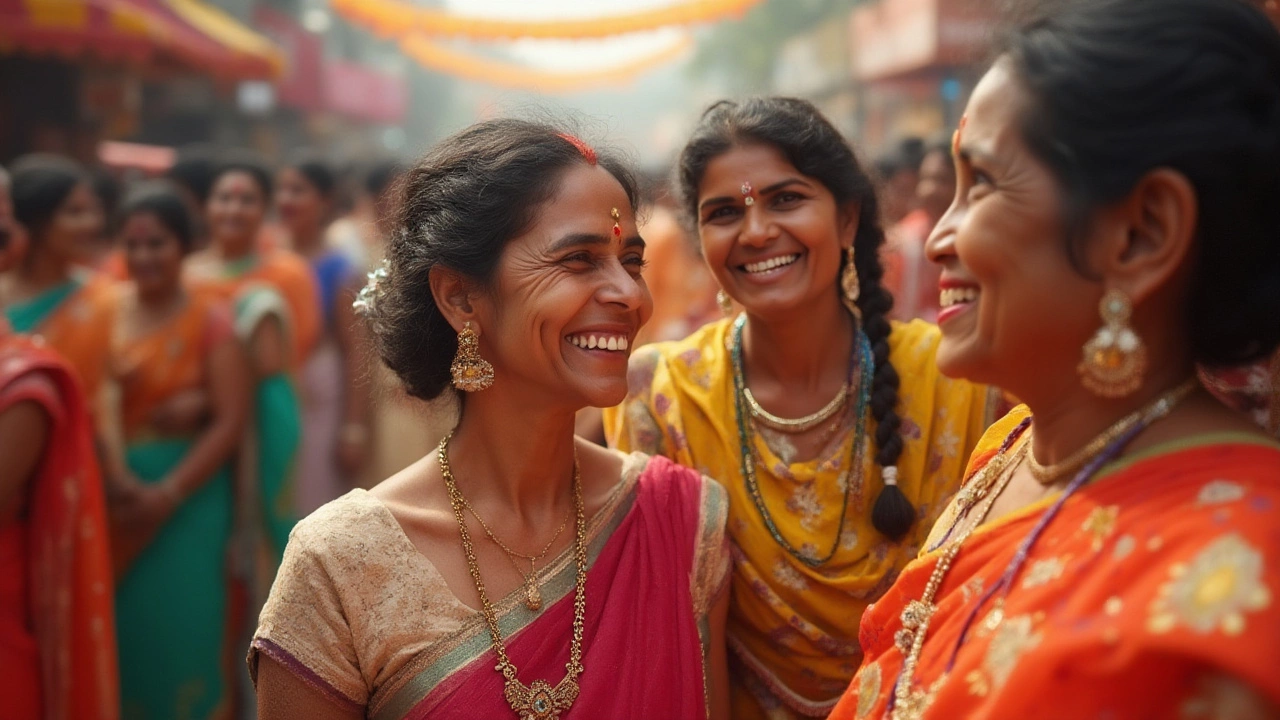
Discover why Indians wear a red dot on their foreheads, the cultural meaning of the bindi, and surprising facts that go way past simple decoration.
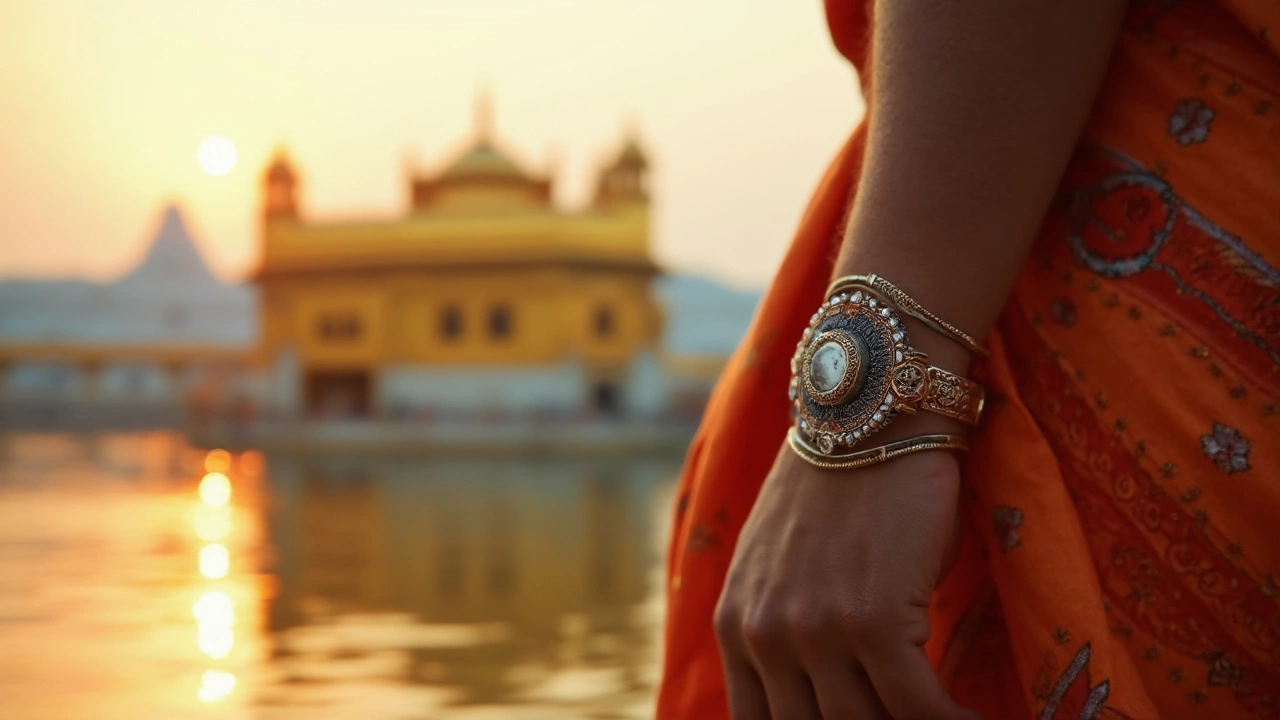
Kada isn’t just a regular bracelet—it carries layers of history and meaning in Indian culture. This article digs into why people wear a kada, what it represents, and how its significance changes across different communities. You’ll find practical info about how to wear it, plus some cool facts you probably didn’t know. If you’ve ever wondered about the kada’s role past and present, you’re in the right place.
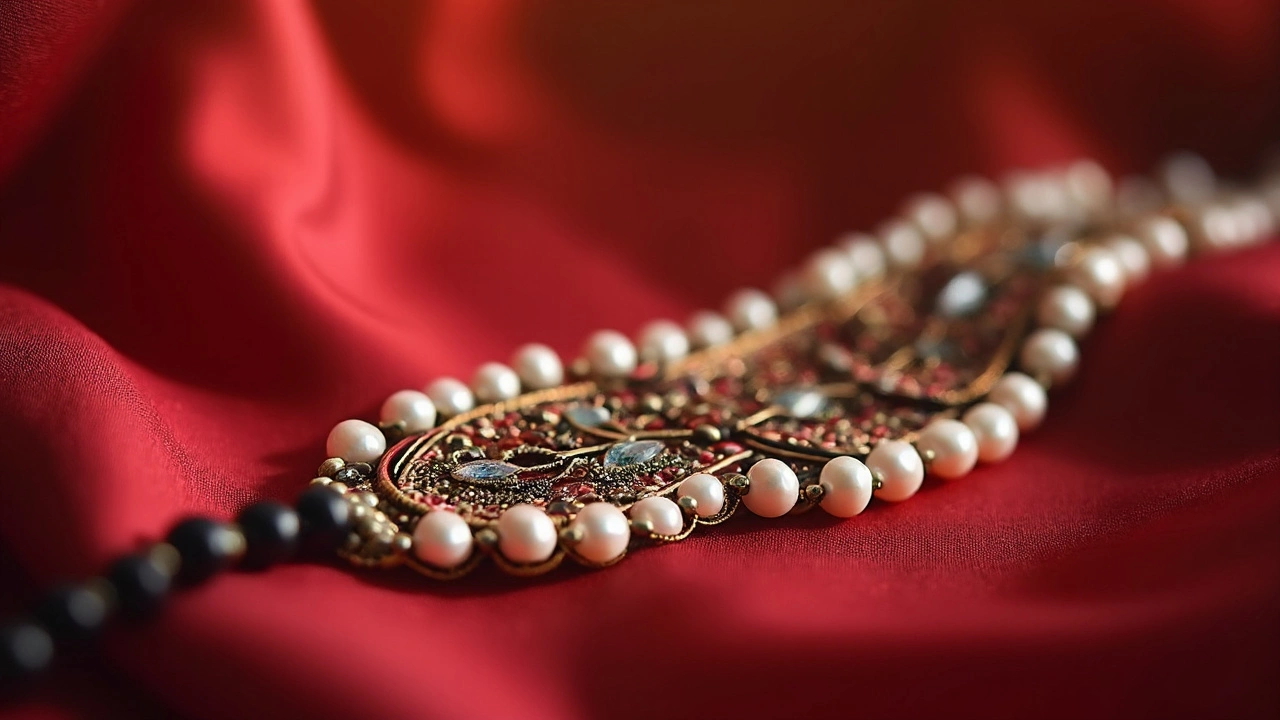
White moti, or pearls, transform traditional mangalsutra designs with elegance and meaning. They symbolize purity and balance, which resonates deeply in Indian culture. From their role in history to practical tips on choosing designs, this article uncovers why white moti continue to be a timeless choice for enhancing the charm and significance of mangalsutras.
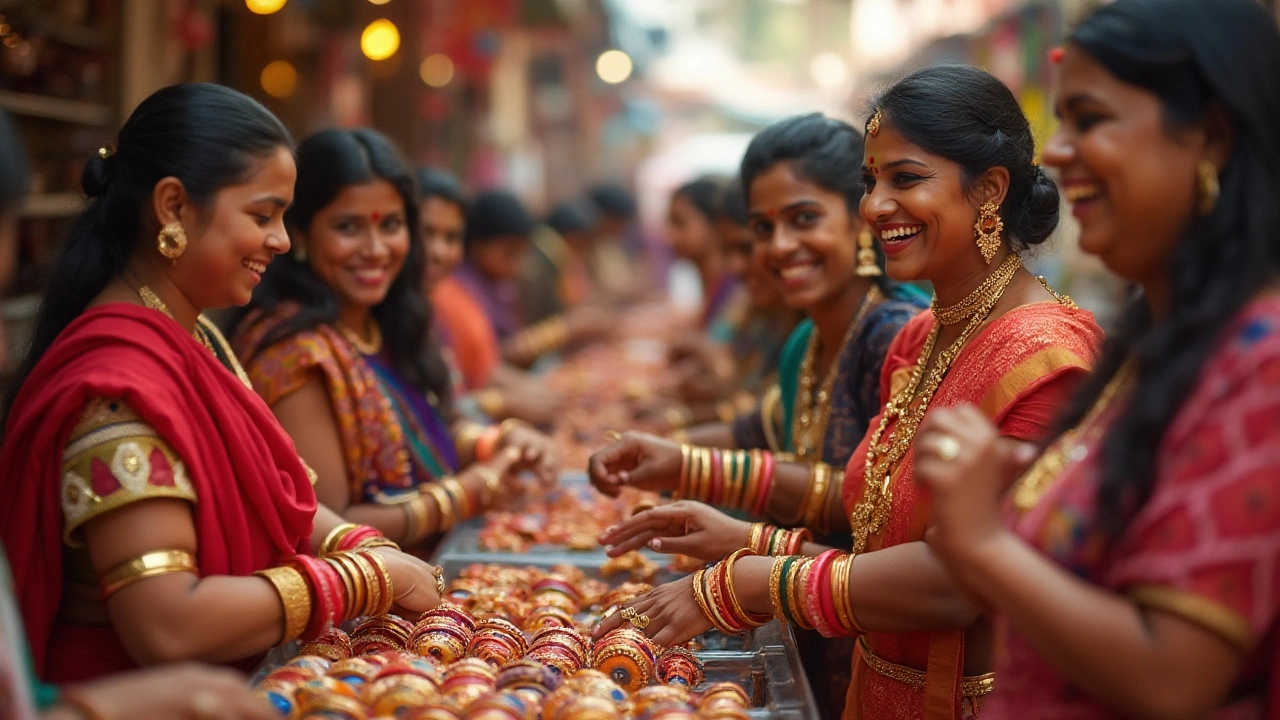
Bangles and chooda hold a special place in Indian tradition and culture, each with its own unique identity. Bangles are circular ornaments often worn by women across India for both decorative and spiritual reasons. Meanwhile, chooda refers to a specific type of bangle set traditionally worn by brides in Northern India, typically made of red and white colors. Understanding their differences enriches one's appreciation for these pieces of cultural heritage.
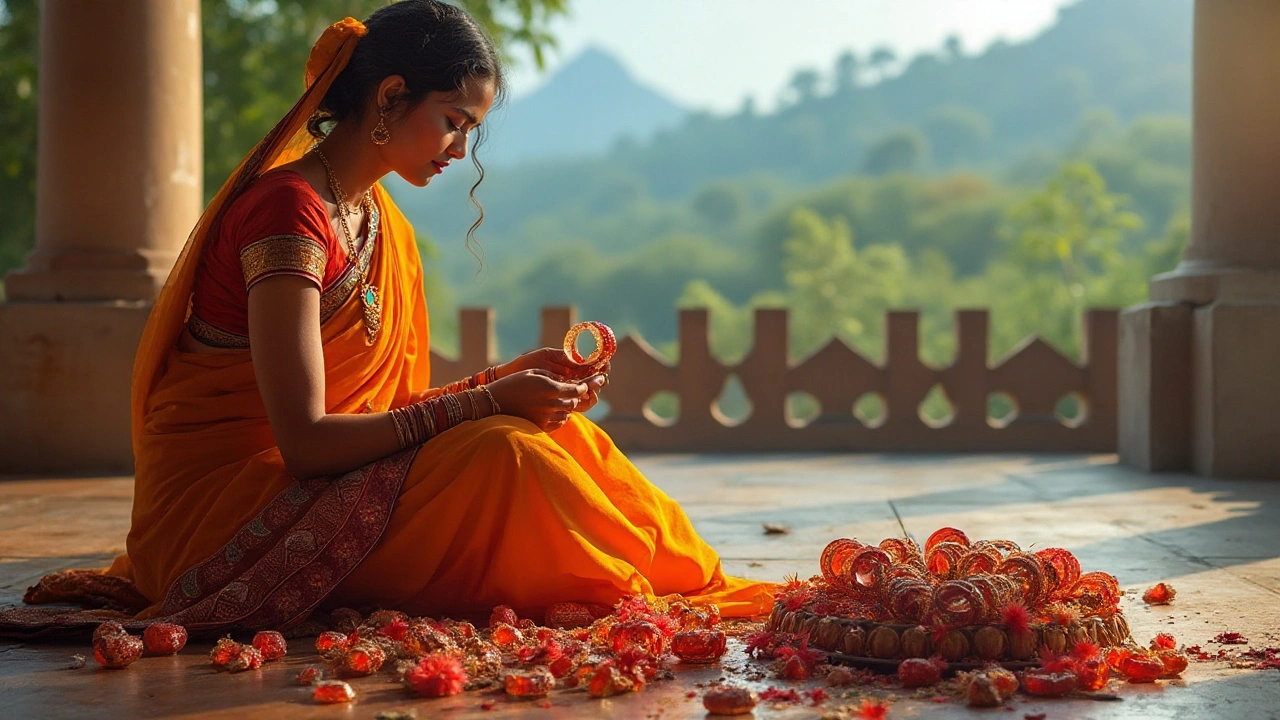
Bangles hold a significant place in Indian tradition, often symbolizing marital status and feminine grace. Breaking bangles can carry varied meanings based on the cultural context and circumstances. Understanding the symbolism and practices around broken bangles unveils a rich tapestry of tradition and beliefs. This article dives into the cultural significance, emotional aspects, and modern reinterpretations of this simple yet profound event.
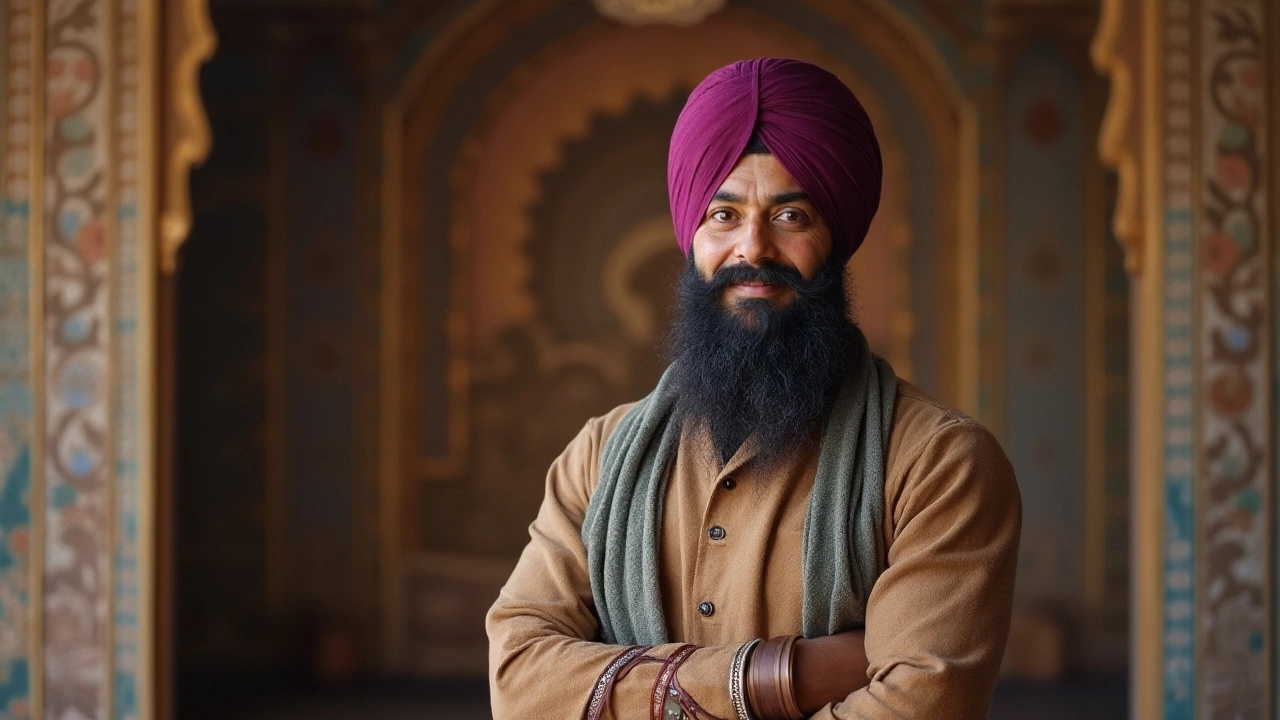
The Five Sikh Symbols, known as the Five Ks, hold profound significance in Sikhism, each symbolizing core values and beliefs. These symbols, kesh, kangha, kara, kirpan, and kachera, are integral to a Sikh's identity. Exploring these symbols also reveals interesting connections with traditional Indian bangles, particularly the kara. The kara, a steel or iron bracelet, is not only a religious symbol but also resonates deeply with cultural traditions in India. This article delves into these symbols and highlights their importance in both religious and cultural contexts.
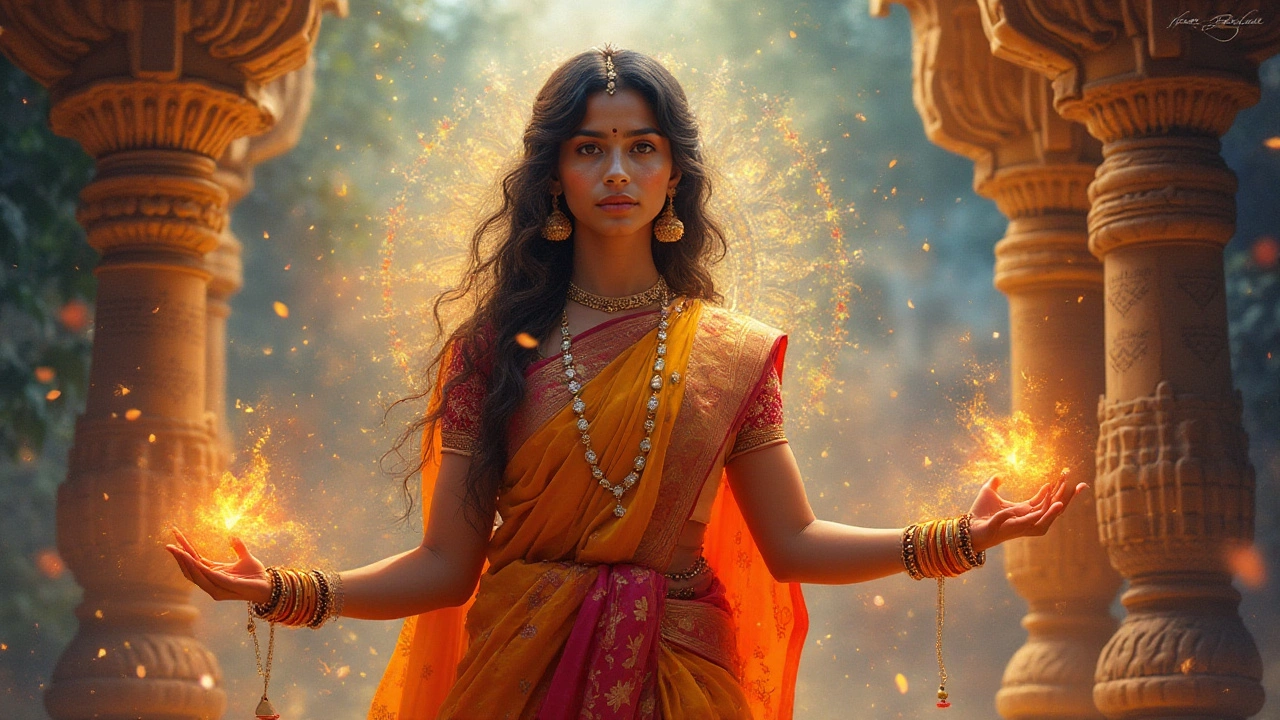
Bangles hold a revered place in Indian culture, symbolizing tradition, beauty, and spiritual energy. This article explores the age-old question of which wrist is best for wearing these charming adornments. We'll delve into historical beliefs, astrological insights, and simple fashion tips. Whether you're a cultural enthusiast or love wearing authentic jewelry, you'll find valuable insights here. Discover the cultural and personal significance behind which wrist to wear your bangles on.